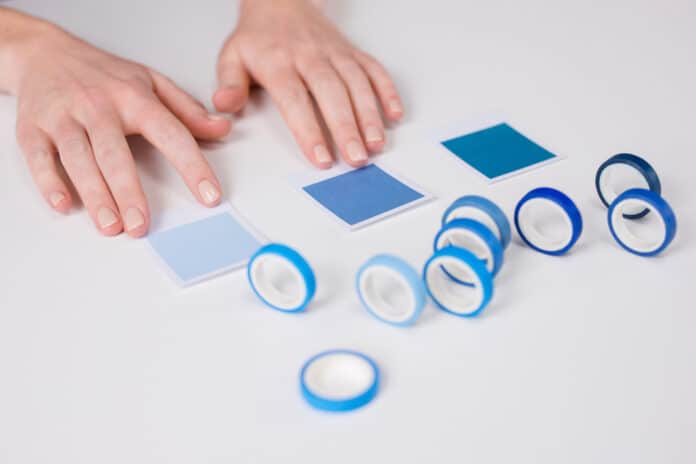There are various sensory channels through which object attributes can be accessible. For instance, eyesight and touch can learn an object’s shape. This raises an important query about the neural organization of object representation: Is the human brain able to create a shared representation of object shape that is abstracted from the senses, or are shape representations generated from various senses separated from one another in the brain?
We can detect an object’s shape through touch or gaze. Previous studies suggested that the inferolateral occipitotemporal cortex (ILOTC) implements supramodal shape representations as it responds more to seeing or touching objects than shapeless textures.
However, such activation in the front part of the ventral visual pathway can be brought on by the conceptualization of an object or by visual imagery sparked by touching an object.
A recent study directly compared the shape and conceptual representations in early blind and sighted participants to explore these possibilities. The fMRI study involved 48 native Italian speakers without a neurobiological or mental issues history. 32 participants were seen, and 16 were born prematurely blind.
Scientists looked into how and where shape representations are retained in the brain and how they differ from mental representations of identical manufactured items. They tested early blind people to see whether occipital areas execute shape representation independently of visual experience or images or whether the early visual loss would cause the “visual” cortex to repurpose its function for conceptual representation.
Scientists discovered that bilateral ILOTC in both groups activated more strongly during a shape verification task than a conceptual verification task based on the names of the same manufactured objects. Additionally, there was dispersed activity in the ILOTC-encoded form similarity among objects but not conceptual association. In addition to the ILOTC, scientists discovered form representation in both groups’ bilateral ventral premotor cortices and the intraparietal sulcus (IPS), a frontoparietal circuit associated with object gripping and haptic processing.
The left perisylvian brain network associated with language processing was activated in both groups throughout the conceptual verification test. Still, curiously, the cuneus was only activated in the early blind subjects. The ILOTC formed a modular structure focused on shape representation because it had a stronger functional connection to the frontoparietal circuit than to the left perisylvian network.
Scientists noted, “Our results thus favor the hypothesis suggesting the ILOTC implements supramodal shape representation and argue against the alternative hypotheses that such activation depends on visual imagery or conceptual associations based on functional relevance. These results echoed various perspectives suggesting object representation in the brain is organized according to properties, not modalities.”
Journal Reference:
- Xu Y, Vignali L, Sigismondi F, Crepaldi D, Bottini R, Collignon O (2023) Similar object shape representation encoded in the inferolateral occipitotemporal cortex of sighted and early blind people. PLoS Biol 21(7): e3001930. DOI: 10.1371/journal.pbio.3001930
